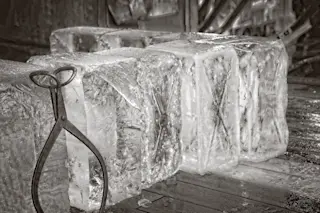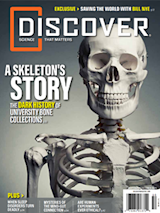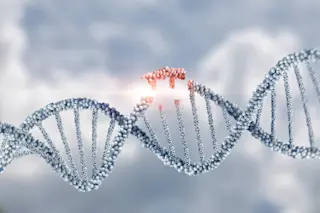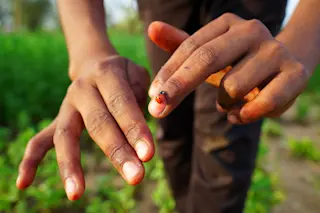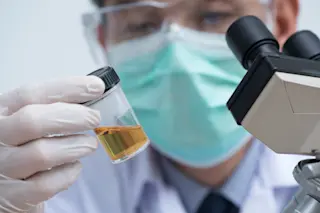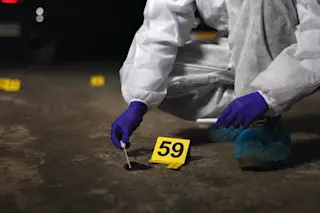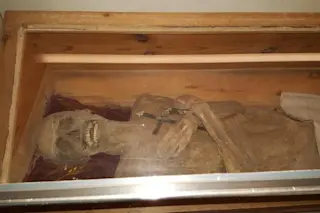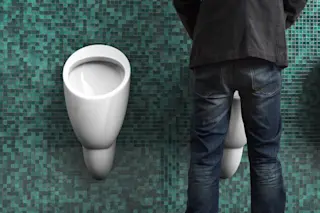This story was originally published in our Sept/Oct 2023 issue as "Cold Comfort" Click here to subscribe to read more stories like this one.
One year before the U.S. Civil War ended, an embargo had brought the southern ice trade to a halt, causing the region’s chefs, bartenders, nurses and doctors to lose access to the northern ice they’d come to rely on for preserving food, making drinks and healing bodies. Without ice, the South was suffering.
What they didn’t know was that 20 years before the war began, a relatively unknown doctor living in the port town of Apalachicola, Florida, had found a way to bring ice to the South that didn’t depend on shipments from the North. Against all conventional scientific thinking of the day, the doctor, John Gorrie, had discovered how to make ice himself. His ice-making machine would eventually change how Americans use and think of ...


